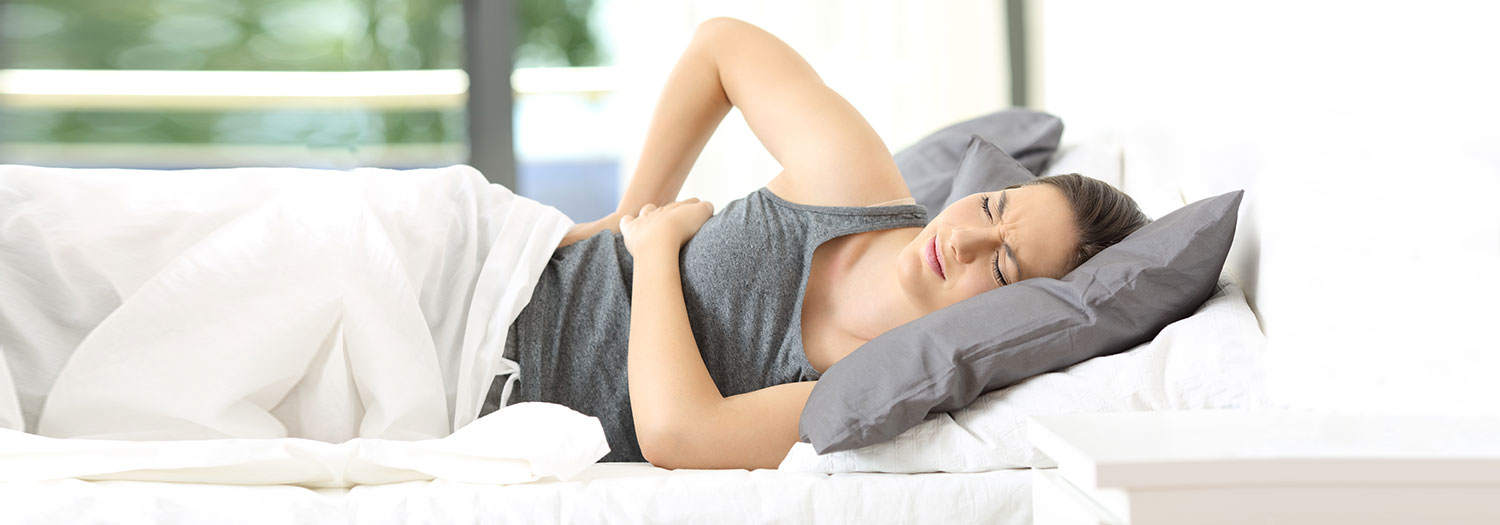Natural approaches to help you sleep better despite the pain
It’s not fair really, but it’s a fact. People who live with pain are also likely to have trouble falling asleep—and lack of sleep can, in turn, make their pain worse. According to some estimates, up to two-thirdsof people who have chronic pain also have sleep disorders.
There are strategies to help though. Try these steps to take to improve your sleep despite the pain.
Get to the bottom of the problem.
First, make sure it’s not just pain keeping you awake. Ask your doctor if another disorder, like sleep apnea or depression, could be interfering with your sleep. If so, treating the underlying problem could help relieve your insomnia.
Make sure your doctor knows all the medications you’re taking, and that you’re having sleep problems. Some drugs can disturb sleep, even the one designed to relieve pain. Opioid medications, for instance, can keep you from entering into the deepest phase of sleep. They can also suppress respiration, causing brief sleep apnea-type pauses in breathing that interfere with sleep.
Examine your habits.
Make sure your daily habits support a good night’s sleep. Follow these basic “sleep hygiene” guidelines:
- Stay away from caffeine after noon.
- Avoid alcohol, which can cause you to wake in the middle of the night.
- Don’t eat or exercise within three hours of bedtime.
- Turn off your electronic devices an hour before bed.
- Get up at the same time every day, regardless of how much sleep you got, and go to bed at the same time.
- Limit daytime naps to 10-20 minutes.
- If you can’t sleep after 15-20 minutes, don’t lie there worrying. Get up, go to another room, and read a book or do something relaxing in a dim room. Return to bed when you feel sleepy.
Help your body relax.
A couple of strategies can help here: exercise and meditation.
Exercise can play a powerful role in reducing stress and helping your body feel tired at the end of the day. The problem, though, is that chronic pain often makes exercise difficult. One option that works for many people is water exercise—whether that’s swimming, water aerobics, or just splashing around. The buoyancy of the water takes pressure off joints. Plus, there’s something soothing about being in water, even if you aren’t working very hard, that can leave you more relaxed.
Yoga, tai chi, walking, and cycling can also be low-impact ways to get the exercise you need during the day to prepare you for sleep at night.
Meditation can also make a big difference. You can do this on your own or use one of the meditation apps available for smartphones and tablets. The apps may have a selection of guided meditations for sleep and for coping with pain. If you can resist the temptation to log onto social media or other tempting programs, using a meditation app could be one exception to the rule against electronic devices in the bedroom.
Consider cognitive therapy.
Cognitive behavioral therapy for insomnia (CBT-I) is designed to help you recognize and change thinking patterns and behaviors that interfere with sleep. Studies have shown it to be a safe and effectiveway to treat insomnia. Although it can take several weeks and requires working with a therapist, it can be a lasting solution to insomnia without the side effects of medication.
Ask your doctor if they can recommend a CBT-I therapist. If there isn’t one in your area, there are online CBT-I options that may work for you.
Don’t give up.
Sleep is important to your health. If you’re struggling with pain-related insomnia, please contact us at Tulsa Pain Consultants.
Tulsa Pain Consultants is a pain management practice in Oklahoma that specializes in the diagnosis and treatment of chronic pain. We are dedicated to helping those who are suffering find the relief they deserve. Our team uses a balanced approach by incorporating minimally invasive, outpatient procedures, complementary and alternative medicine, and medication to help patients take control of their pain. Call 918-742-7030 or Request An Appointment to meet with one of our talented pain management specialists today!
The advice and information contained in this article is for educational purposes only and is not intended to replace or counter a physician’s advice or judgment. Please always consult your physician before taking any advice learned here or in any other educational medical material.

